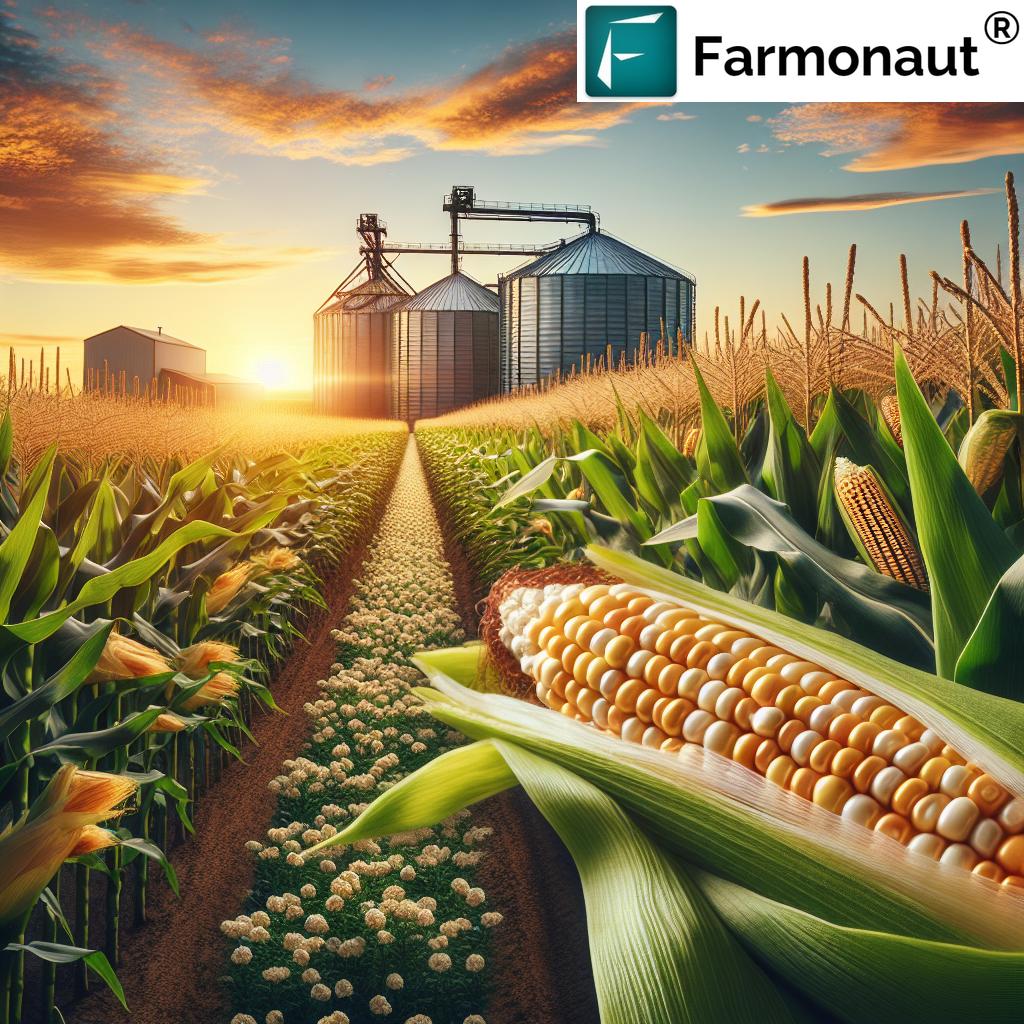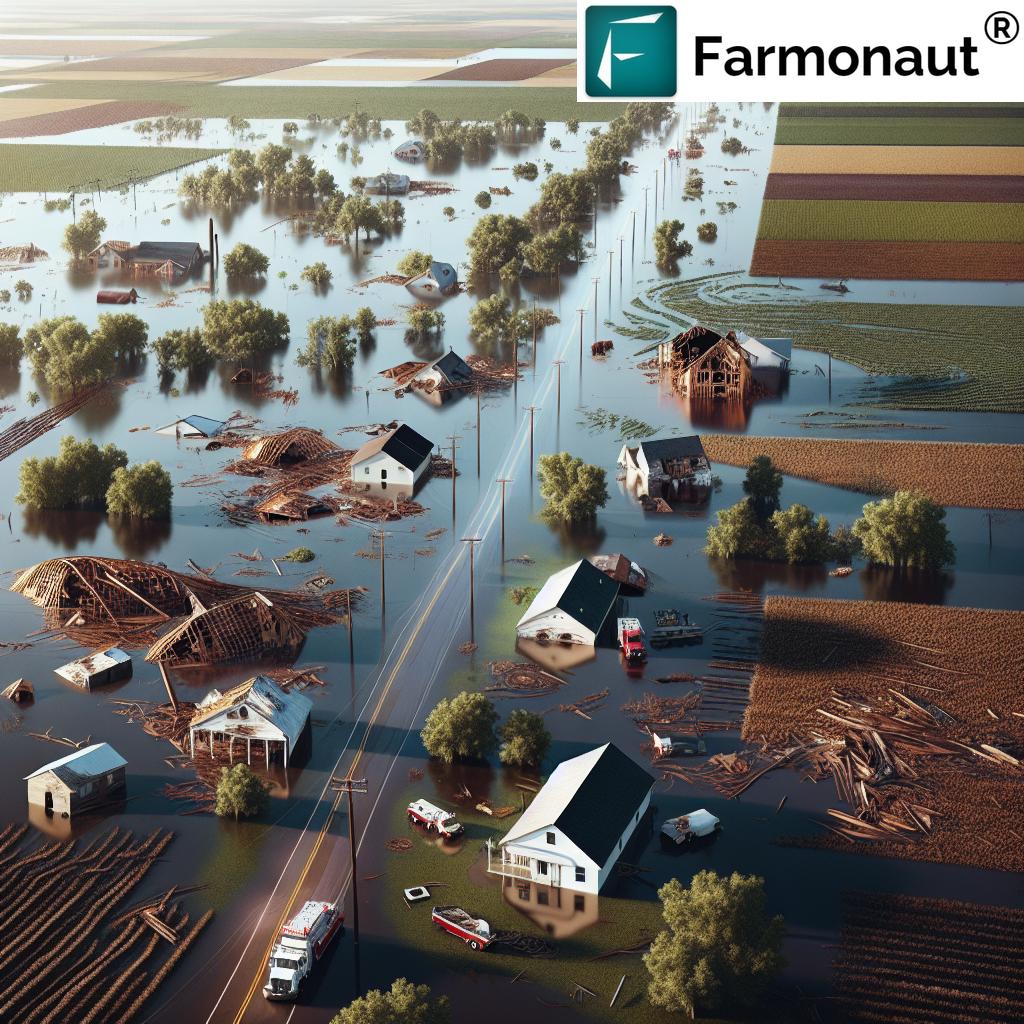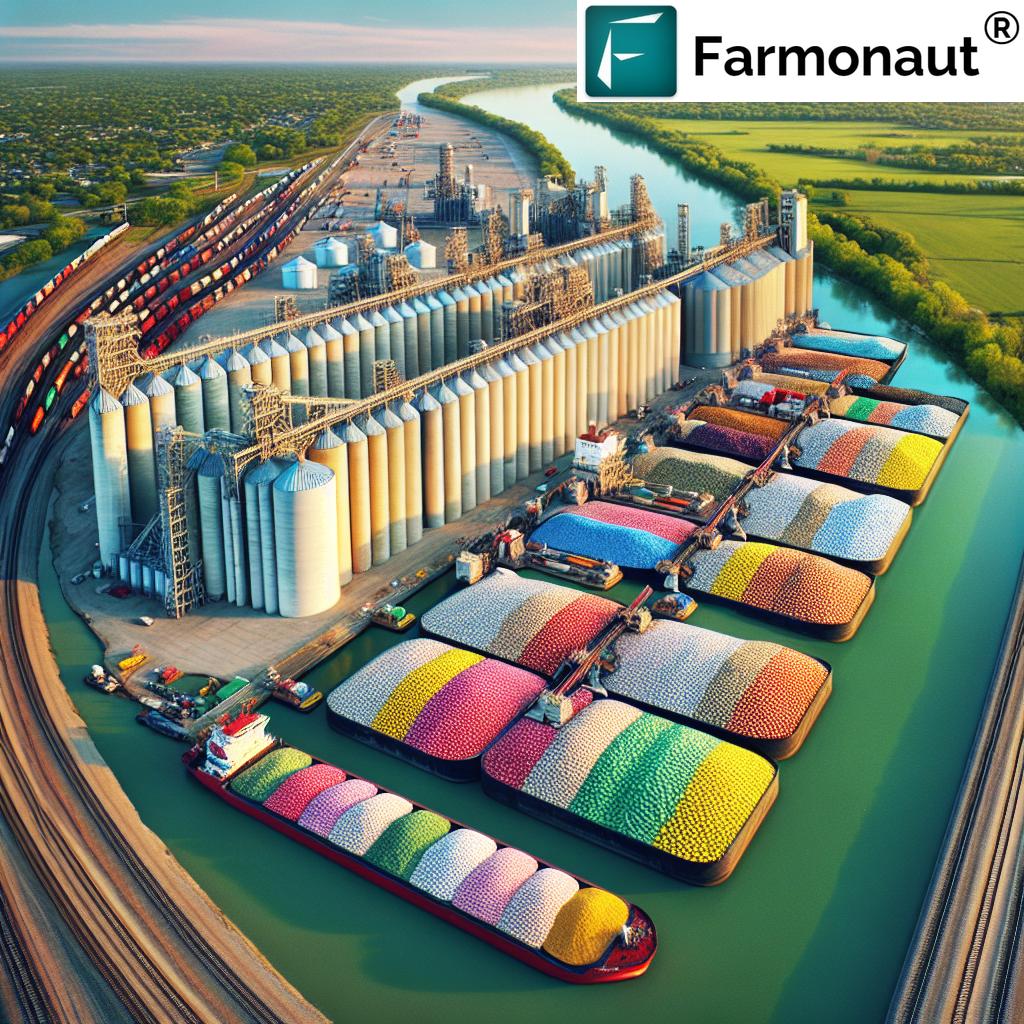Chicago Urban Agriculture: Urban Farming Chicago 2025
“Chicago’s urban farms produced over 500,000 pounds of fresh food annually by 2023, enhancing food access citywide.”
Summary: Chicago Urban Agriculture – Cultivating Sustainable Futures in 2025
By 2025, Chicago urban agriculture has established itself as a transformative force, reimagining both food production and community building across the city’s diverse neighborhoods. Urban farming in Chicago addresses urgent challenges: it narrows food insecurity gaps, champions sustainability, fosters environmental stewardship, and cultivates resilient communities. As rooftops, repurposed industrial sites, and community gardens flourish into hubs of innovation and sustainability, Chicago becomes a national leader in sustainable urban development. This movement is not a fleeting trend—it is the cornerstone of a healthier, more equitable, and more sustainable future for all Chicagoans.
Introduction: The Rise of Urban Agriculture in Chicago
Urban agriculture in Chicago has experienced robust growth in recent years, reconfiguring how we think about food, land, and city living. Once defined by vacant lots and dormant rooftops, the Chicago cityscape now features a tapestry of vibrant urban farming projects. As we approach 2025, this evolution reflects:
- The city’s response to food insecurity and diet-related health issues.
- An embrace of environmental stewardship and climate resilience.
- A drive toward inclusive community development and green economic growth.
Chicago urban agriculture transcends the act of growing food; it is about transforming unused urban spaces into assets for community health, education, and sustainability. This movement spans neighborhoods, leverages innovative technology, and bridges social divides—making urban agriculture a central pillar of Chicago’s sustainable future.
Current Landscape: Mapping Chicago Urban Farming (2025)
In 2025, Chicago’s urban agriculture sector includes:
- Over 80 neighborhood-based urban agriculture sites, ranging from micro-gardens to multi-acre urban farms.
- Facilities on vacant lots, high-rise rooftops, converted warehouses, and even repurposed industrial sites.
- Integration of sustainable practices—hydroponics, aquaponics, vertical farming—to make the most of limited space and conserve resources.
- Community gardens serving as food sources and hubs for nutrition, education, and social engagement.
Many of these farms operate in areas formerly categorized as food deserts, enhancing accessibility and supporting local supply chains. This has redefined the relationship between urban living and food production, with urban farming Chicago now integral to the city’s planning and sustainability strategies.
Comparative Impact Table: Urban Agriculture Across Chicago Neighborhoods
The following table presents a snapshot of the estimated impact of Chicago urban farming projects across selected neighborhoods in 2025:
| Neighborhood | Estimated Number of Urban Farms (2025) | Estimated Acres Cultivated | Estimated Residents Reached | Estimated Annual Yield (Tons) | Prominent Sustainability Practices |
|---|---|---|---|---|---|
| Englewood | 14 | 11 | 17,500 | 220 | Rainwater Harvesting, Composting, Pollinator Habitats |
| North Lawndale | 10 | 8.5 | 14,000 | 160 | Soil Remediation, Vertical Farming, Community Workshops |
| South Side | 21 | 19 | 32,000 | 350 | Aquaponics, Green Roofs, Local Food Pantries |
| West Side | 15 | 13 | 18,700 | 185 | Pollinator Corridors, Rain Gardens, Mulch Production |
| Back of the Yards | 7 | 6 | 9,350 | 98 | Composting, Solar Powered Irrigation, Youth Training |
| Bronzeville | 8 | 7 | 12,800 | 130 | Hydroponics, Food Recovery, Farmer Markets |
| Logan Square | 6 | 4 | 6,500 | 70 | Native Plant Landscaping, Rainwater Reuse, Seed Libraries |
| Pilsen | 5 | 2.5 | 4,100 | 28 | Container Gardens, Pollinator Gardens, Nutritional Workshops |
This data underlines the breadth and impact of urban agriculture in Chicago’s neighborhoods, emphasizing the adoption of sustainability practices to ensure resilience and maximize benefits to local communities.
“More than 80 neighborhood-based urban agriculture sites operate in Chicago, promoting sustainability and resilient local food systems.”
Food Access & Health: Urban Agriculture’s Crucial Role in Chicago
Urban farming in Chicago directly addresses gaps in fresh food accessibility across many neighborhoods historically categorized as food deserts. By cultivating locally grown produce on vacant lots and within community gardens:
- City residents gain easier access to affordable, nutritious food, essential for combating diet-related health issues.
- Local urban farms reduce dependency on long-distance food supply chains, decreasing transportation emissions and spoilage.
- Nutrition education programs at urban farms empower communities to make healthier food choices and advocate for food justice.
Notably, urban agriculture in Chicago plays a crucial role in addressing food insecurity, as fresh fruit, vegetables, and herbs from city farms are distributed through farmers markets, local stores, food pantries, and neighborhood cooperatives.
Collaborative Networks & Policy Support Boosting Urban Agriculture in Chicago
One of the driving forces behind Chicago urban agriculture has been the collaborative network of local government agencies, non-profit organizations, and private enterprises. Initiatives like the Chicago Urban Agriculture Mapping Project have been pivotal:
- Helping identify suitable cultivation spaces—from vacant lots to underutilized rooftops—enabling more effective urban planning and resource allocation.
- Promoting inclusive land-use decisions and lowering barriers for aspiring urban farmers.
Policy support—such as grants, zoning reforms, and streamlined licensing—has further facilitated easier access to land and water resources for urban farmers.
Government initiatives backed by community organizations and private investment have ensured that urban agriculture in Chicago not only grows food, but also amplifies social, economic, and environmental benefits for residents across the city.
Technology & Innovation: Revolutionizing Urban Agriculture in Chicago 2025
Technological advancements have amplified the impact and efficiency of urban farming Chicago by 2025. Some of the most transformative approaches include:
- Hydroponics & Aquaponics Systems: Maximizing yields with minimal water use and no soil, making it ideal for rooftop farms and repurposed industrial sites.
- Vertical Farming: Creative use of height and stacking methods to multiply growing space, often within abandoned warehouses or high-rise buildings.
- Precise Irrigation & AI Monitoring: Tools for precision agriculture—such as satellite monitoring, drones, and automated watering—reduce resource waste and boost productivity.
Such innovative practices enable urban farms to overcome the constraints of limited city spaces, reduce the urban carbon footprint, and create new educational opportunities for Chicago’s next generation of farmers.
Integrating Sustainability & Carbon Management
Urban agriculture in Chicago is at the forefront of climate-smart farming. Many farms in the city are setting sustainability standards by:
- Implementing carbon footprinting tools to monitor, manage, and reduce emissions. This fosters transparency and climate accountability.
- Adopting composting, responsible water management, and the use of native plants to maximize impact with minimal ecological disruption.
Our team at Farmonaut contributes to sustainable agriculture by providing satellite-driven environmental impact monitoring and carbon footprinting solutions. These tools support Chicago’s farmers in tracking emissions, enhancing resource use efficiency, and adopting climate-forward practices.
Economic Revitalization: From Vacant Lots to Vibrant Local Markets
Urban agriculture in Chicago is more than just food production—it’s a dynamic economic engine. By 2025, neighborhoods have been revitalized as:
- Urban farms create new employment opportunities, both in direct agriculture and related sectors like distribution, technology, and marketing.
- Youth training programs and farm incubators foster entrepreneurship, nurturing a new generation of skilled urban farmers and agripreneurs.
- Farmers markets and urban farm cooperatives have become lively centers where local farmers and residents connect, furthering a circular economy.
- Restaurants feature farm-to-table menus with ingredients sourced from city farms, enhancing local food culture and business vitality.
These developments underline the economic potential of chicago urban agriculture—from generating meaningful jobs to spurring innovation and community wealth.
We at Farmonaut offer satellite-based verification tools that help financial institutions streamline crop loan and insurance processes. By making lending more accessible to urban farmers, we empower innovators across Chicago to invest in sustainable urban farming ventures and drive economic growth.
Environmental Stewardship & Sustainable Development in Urban Farming Chicago
Urban agriculture in Chicago is a key driver of environmental stewardship and sustainable development.
- Green spaces created through urban farming reduce the urban heat island effect, improving air quality and lowering city temperatures.
- Urban farms act as biodiversity sanctuaries, supporting pollinators and native plants while buffering city ecosystems from pollution.
- Composting and zero-waste programs convert organic waste into rich soil amendments, closing the nutrient loop and minimizing landfill use.
- Rainwater harvesting and efficient irrigation practices reduce water consumption and lessen the burden on the municipal water system.
These practices are integral to the Chicago urban agriculture movement’s ongoing commitment to resource conservation and climate adaptation as the city faces challenges from global environmental change.
Check out our AI-driven product traceability system for agriculture, which helps ensure transparency and sustainability in urban food supply chains. With satellite, AI, and blockchain-based tracking, urban producers in Chicago and beyond can meet stringent sustainability standards and build consumer trust.
To streamline resource management in large-scale and urban farming, we also recommend exploring our large-scale farm management platform. It offers tools for multisite monitoring, logistics, and data-driven decision-making—scalable from rooftop gardens to extensive urban agriculture initiatives.
Challenges & Innovative Solutions for Chicago Urban Farming 2025 and Beyond
Despite remarkable progress, urban agriculture in Chicago continues to face significant hurdles:
- Land tenure security: Many urban farmers have limited or uncertain access to the land they cultivate, making long-term planning difficult.
- Soil health: Aging urban soils, often contaminated from prior industrial use, require robust remediation before safe food production.
- Equitable access: Ensuring all communities—especially marginalized or underserved areas—benefit from the urban agriculture movement can be challenging.
- Resource scarcity: Competition for water and dwindling open space amid growing urban density persist as barriers.
Addressing these issues are innovative solutions and contemporary practices:
- Soil remediation techniques: Use of raised beds, biochar, and phytoremediation to cleanse and restore urban soils.
- Inclusive zoning and policy reforms: City efforts to protect urban farm spaces, encourage new sites, and streamline regulatory pathways.
- Resource allocation technologies: Satellite-based resource monitoring—like those provided via our resource management platform—enable efficient use of land, water, and other inputs.
- Data-driven planning: Mapping and analytics tools (API available: sat.farmonaut.com/api; API developer docs) enhance precision in urban farm management across the city.
How Farmonaut Empowers Chicago Urban Agriculture & Sustainable Urban Farming
As Chicago’s urban agriculture ecosystem evolves, advanced technology and data-driven decision-making are becoming indispensable. At Farmonaut, we support urban farmers, agricultural professionals, and city planners in Chicago through:
- Satellite-Based Monitoring: Real-time crop health, soil moisture, and yield estimation for resource-efficient management of urban farms—accessible through our web and mobile apps.
- AI-Driven Insights: Our Jeevn AI advisory system provides tailored weather forecasts and operational guidance, enhancing productivity in challenging urban environments.
- Blockchain Traceability: Transparency in urban food supply chains, aiding compliance and consumer trust for urban farm produce.
- Fleet & Resource Management: Optimize urban farm logistics with our fleet management solutions, streamlining everything from crop delivery to equipment use.
- Environmental Monitoring: Our platform offers actionable data for tracking carbon footprints and environmental impact, encouraging ongoing adoption of sustainable practices in Chicago urban farming.
Want to integrate satellite, weather, and environmental data into your Chicago urban farm or city project? Use our API platform for live monitoring, or browse our Developer Docs for advanced customization.
Start today with flexible subscription plans for small urban plots or expansive city agriculture projects. Empower your urban agriculture in Chicago with actionable intelligence and innovative tools from Farmonaut.
Frequently Asked Questions: Chicago Urban Agriculture 2025
1. What is urban agriculture, and why is it vital for Chicago?
Urban agriculture involves food production (fruits, vegetables, herbs, sometimes fish or small livestock) within city limits—on rooftops, vacant lots, community gardens, or repurposed buildings. In Chicago, it is vital for:
- Increasing access to fresh, affordable food—especially in food deserts.
- Creating local jobs and economic activity.
- Improving environmental resilience and stewardship.
- Strengthening community bonds and social equity.
2. Which neighborhoods in Chicago lead in urban farming?
Areas like Englewood, North Lawndale, South Side, West Side, Back of the Yards, Bronzeville, Logan Square, and Pilsen are prominent urban agriculture hubs—often with multiple farms and significant community involvement.
3. What technologies are most impactful for urban farming in Chicago?
By 2025, hydroponics, aquaponics, vertical farming, and AI-driven satellite monitoring are transforming city agriculture. They optimize water/land use, support healthy soils, and provide real-time data for efficient operation.
4. How does urban farming address climate and sustainability challenges in Chicago?
Urban farms mitigate the heat island effect, reduce food transportation emissions, promote biodiversity, recycle waste, and employ water-efficient growing systems. Many use carbon footprinting tools to monitor and minimize emissions.
5. How can Chicago residents support local urban agriculture?
Residents can volunteer, join community gardens, purchase produce from local urban farms and markets, advocate for favorable policies, or use digital platforms (like those by Farmonaut) to monitor and support urban agriculture initiatives.
6. What resources are available for urban farmers to manage their farms in Chicago?
Urban farmers can utilize city government grants, non-profit resources, technical support, and advanced data platforms such as
Farmonaut’s satellite monitoring apps. These tools provide crop health data, weather forecasts, resource management, and more.
Conclusion: Looking Forward to Chicago’s Sustainable Future
By 2025, chicago urban agriculture represents much more than trends in local food—it’s a transformative approach to sustainability, economic development, and social equity in a major metropolitan area. Through collaborative networks, policy support, innovative technology, citizen engagement, and a fierce commitment to sustainability, urban agriculture in Chicago has become the backbone of a healthier and more resilient city.
As cities worldwide confront climate change, urban density, and systemic food insecurity, Chicago’s journey offers a roadmap for integrating agriculture into city living without compromise. Every rooftop, repurposed site, and lush community garden in Chicago is a testament to what’s possible when urban spaces are harnessed for the common good—with fresh food, economic vibrancy, and environmental stewardship at the forefront.
At Farmonaut, we’re dedicated to supporting this progress with state-of-the-art monitoring, advisory, traceability, and management solutions—empowering Chicago urban farming to continuously improve, scale, and inspire.
Join the Chicago urban agriculture movement—help cultivate a sustainable, equitable food future inside the city’s dynamic neighborhoods.
















Social Cohesion & Community Empowerment within Chicago Urban Agriculture
Urban agriculture in Chicago is about much more than gardens and crops; it’s a force for strengthening community bonds and promoting social equity:
By making farming a participatory, inclusive activity, chicago urban farming supports the development of healthy, empowered, and resilient communities.